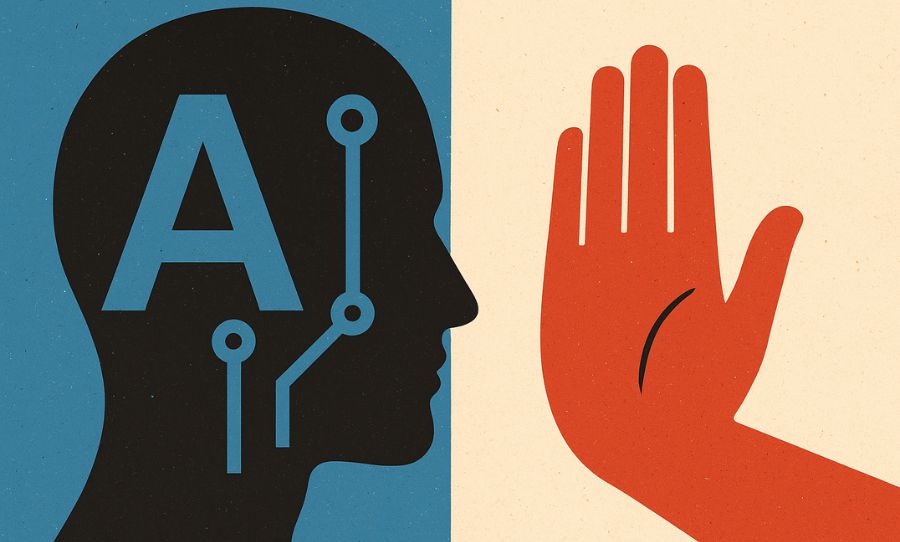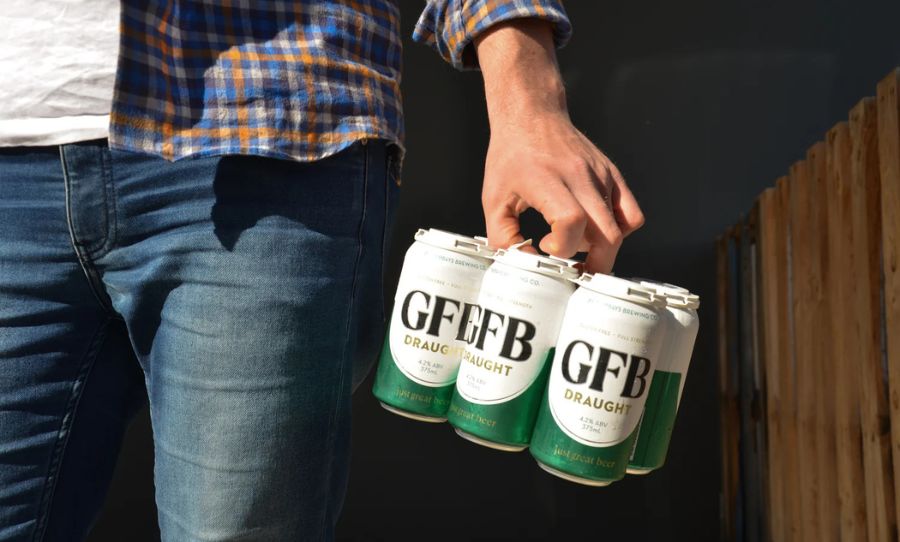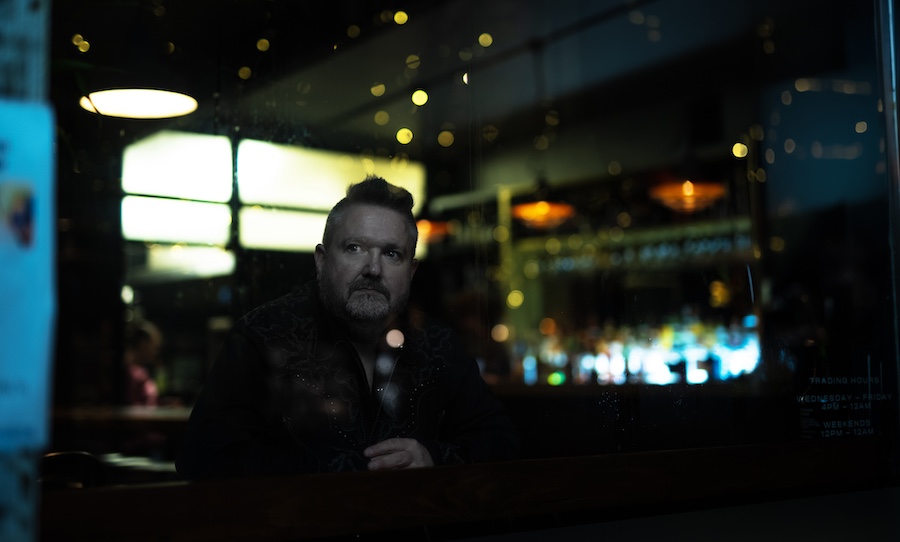The Australian Institute of Health and Welfare (AIHW) has today published its 2019 National Drug Strategy Household Survey report showing that cocaine use is at a 20-year high.
Interestingly, findings from the report also seem to indicate young Australians are turning away from alcohol and tobacco smoking.
Surprise, surprise: a report from the Australian Insitute of Health and Welfare finds Australian’s cocaine use is at a 20-year high.
The report comes from a survey of 23,000 Australians aged 14 and over, which is conducted by the AIHW every three years.
Of the 23,000 surveyed, cannabis was the most used, with one in 10 Australians consuming the drug. Next up was cocaine, with 4.2 per cent – a figure which had jumped up by almost double from the 2.5 per cent in 2016.
This number is the highest it’s been in two decades, with Professor Michael Farrell, director of the National Drug and Alcohol Research Centre UNSW, believing that this is due to the drug being more readily available than others.
“It’s reasonable to think that it’s partially supply driven rather than demand driven,” Professor Farrell described to the ABC. “We have to remember the quote that cocaine is God’s way of telling you, you have too much money.”
Of course, if you were wondering which part of society the high use of cocaine consumption can be most attributed to, I’ll save you the trouble of reading the report. In 2019, the fifth quintile (aka the most advantaged socioeconomic area) made up a whopping 34% of the cocaine use. This was basically twice that of the runner up – the second quintine – which made up for 17%.
The price of cocaine has stayed stable for over 25 years. Let drug lords run the economy.
— Trevor (@Tokyo_Trev) July 15, 2020
While cocaine use was at a 20-year high, the research found that young people were less likely to drink and smoke, with a whopping 21 per cent of 18-24-year-olds abstaining from alcohol, compared to only 9.7 per cent in 2001.
The study also showed that the number of Australians who smoked tobacco daily was down to 11 per cent in 2019, compared to 24 per cent in 1991. Instead, young people are turning to vaping, with 5 per cent of those aged 18-24 having tried e-cigarettes, compared to 2.5 per cent in 2016.
💊🔬 New report demonstrates that majority of Australians support drug checking.
Only 27% of Australians (and only 21% of those aged 14-39) oppose drug checking, according to the new National Drug Strategy Household Survey released today.https://t.co/jvbx4Y5GiT pic.twitter.com/bdOgpCQ2li
— The Loop Australia (@WeAreTheLoopAU) July 16, 2020
Elsewhere, drugs such as ecstasy, hallucinogens, ketamine, and inhalants have all seen an increase in usage since 2016, while pain-killers and opioids have seen a decrease.




